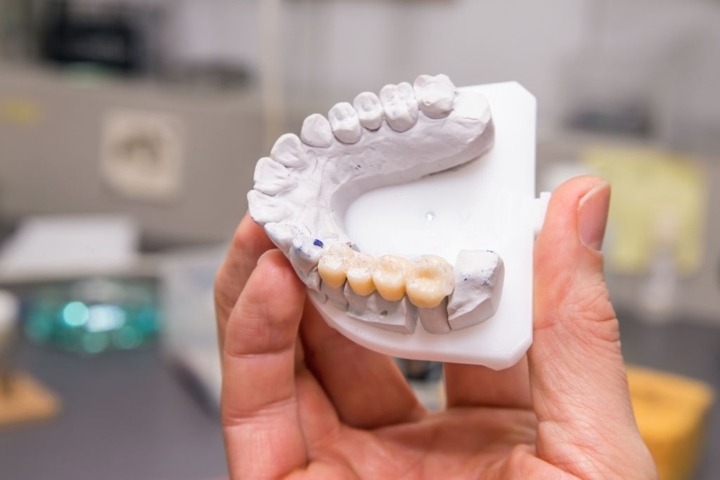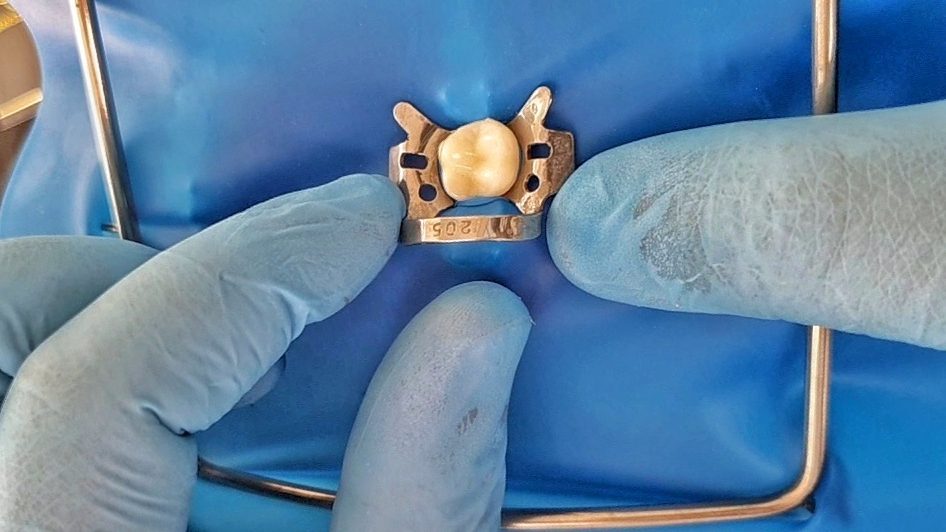
Single visit root canal treatment.
Multiple dental visits for the same procedure can be a daunting task and can trigger dental anxiety and fear in a lot of patients. Dr. Shoaib Durrani strives every day to execute his dental treatment in the best possible and efficient manner to save the patient from any anxiety, pain, and discomfort, especially from multiple visits.
What is a root canal?
When dental problems such as tooth decay are neglected for an extended period, the damage becomes deeper and requires a more extensive dental treatment, such as a root canal treatment.
A root canal treatment (RCT) is an endodontic therapy where the infected tissues of the tooth are removed, under profound local anesthesia. The empty canals are then cleaned and disinfected and are then, densely filled and packed so that bacteria are unable to get back in. After the RCT is complete, a permanent filling is done, and the tooth structure is restored after putting a crown/restoration over it to give strength and support to the remaining tooth structure.
Dental trauma, dental decay, issues from a previous filling causing infection, lingering sensitivity, peri-apical infections, gum diseases indicates damage to the pulp. It makes it a candidate for a root canal treatment. Although single visit treatments promise great convenience for the patient and the treating dentist, it requires a high level of skill and not every dentist can perform it well with a success rate of 92-96%.
What happens after the root canal?
Once a root canal treatment has been completed, the tooth is ‘dead’. This means that the tooth can perform chewing and aesthetic functions just like other ‘alive’ teeth, but does not feel sensitivity or pain anymore. However, in some patients, mild painkillers are advised for the first 24-72 hours for smooth recovery of the patient. Some mild pain on biting during these few hours is considered a normal response.
We suggest you visit one of Karachi’s best dental clinics, Durrani’s Dental Clinic, to prevent treatment failures. Call us at +92-21-37227441 to book an appointment with us.
What is a single sitting root canal treatment?
The advancement in dental technology has brought many up-graduations in dental treatments. And it has changed the paradigm of doing root canals in multiple visits, which causes inconvenience to the patient and the dentist. Therefore, Dentists have made single visit root canal treatment a possibility for saving the patient from such discomfort. It has been proven through extensive research that single visit RCT procedures have a higher success rate and have the added benefit of being a much pleasant painless experience for the patient.
Single-visit treatments can be a different experience since it takes around about 45-60 minutes to complete the treatment. This translates into the patient having to keep his mouth open for longer when compared with shorter multiple visits of 20 or 30 minutes per visit. Most patients find it more comfortable since the mouth is anesthetized and relaxed throughout the procedure. Whenever the dentist requires a little more space to work in, he will request you to actively open wider for a few seconds and then you may relax again.
This doesn’t take away from the fact that Single Visit Root Canal Treatments are a highly complex dental procedure. The painful tooth, that would’ve been extracted otherwise, is disinfected, filled, and restored to function! In a way, it is like breathing a new life into a tooth. The patient is anesthetized, the pulp chamber is opened, cleaned, filled (obturated); and you are pain-free in a day!
But wait! There is one more visit for the permanent crown or restoration to be cemented/bonded back. Crowns are custom-made and need 3 to 7 days to be fabricated in the laboratory after impressions of the patient’s teeth and the bite has been recorded.
What happens if you don’t get a root canal?
You already have neglected the tooth to the extent that it now needs an interventional treatment such as a root canal treatment. If the partially destroyed tooth structure is not cleaned and restored, the bacteria will continue with their harmful effects on the tooth structure. If you do not get treatment at the right time, it may lead to extraction (removal of the tooth), which needs different dental prostheses such as dentures, bridges, or implants to fill the gap created by the extraction. Otherwise, the alignment of teeth will be disrupted, leading to multiple dental problems, in the long run, increasing discomfort and treatment costs.

How painful is a root canal?
It is important to understand that Single Visit Root Canal Treatments are completely pain-free. This is mainly due to profound local anesthesia, which means that the tooth and jaw will be super-numb. So in essence, the procedure itself doesn’t hurt at all. However, depending on the amount of infection and pain before the treatment, there might be some reducing pain after the procedure for a couple of days which is managed with painkillers.
What are the signs of needing a root canal?
An ordinary person cannot tell what kind of dental treatment they require, but they can, for sure, know that they need to visit a dentist because of deteriorating oral hygiene, pain, or infection.
But thanks to technology and increasing awareness, many people do their research and know the signs that they need a root canal treatment. A few typical symptoms and complaints being;
- Dental cavity (blackened tooth).
- Severe toothache.
- Infection/ pus or swelling in or outside the mouth.
- Pain on chewing or biting.
- Sensitivity.
- Gum issues such as gum bleeding.
- Gradually increasing sharp shooting pain felt especially at night with extreme hypersensitivity.
How long can you leave a temporary filling in after a root canal?
The good thing about single visit root canal treatment is that the final and permanent filling is also done on that same visit! So, there is no temporary filling that is being placed in this case, which ensures that the disinfected clean tooth is sealed permanently to avoid any bacterial leakage. However, a permanent indirect restoration, such as a crown or onlay, etc., has to be placed onto the tooth on the second and final visit to provide maximum support and strength to the remaining tooth structure.
How soon do you need a crown after a root canal?
The next logical step for the integrity of the saved tooth is to get the permanent crown or onlay placed. As soon as it is ready, within a week, it is important to get it permanently cemented/bonded so that the patient can resume full function from the restored tooth.
How can I ease the pain of the root canal?
Pain scares everyone, right? Well, after the treatment is completed, the problem goes away for good, provided that the patient maintains the restoration regularly. The patient is always advised to consume a soft diet until then and there won’t be any significant pain.
Visit the dentist as soon as something is going bad inside the mouth!

